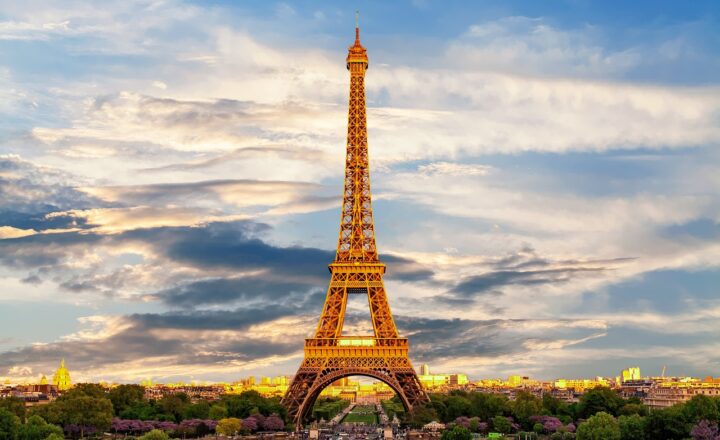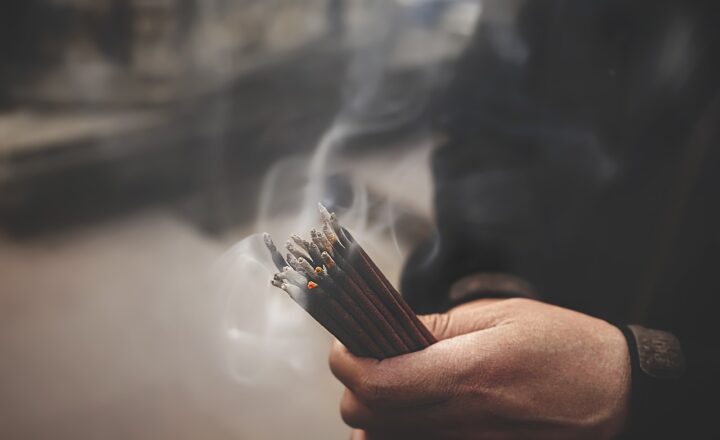
Military parades have long served as a significant cultural and political tradition across the globe. These grand displays are not merely demonstrations of military prowess; they function as symbols of national unity, collective identity, and power projection. In this article, we will delve into the rich history of military parades, exploring their origins, evolution, and the multifaceted roles they play in contemporary society.
1. The Origins of Military Parades
Military parades can be traced back to ancient civilizations, where displays of might were integral to society’s understanding of power. In ancient Rome, triumphal parades celebrated military victories and exalted commanders. Soldiers, adorned in armor, would march through the streets of Rome, accompanied by captured enemies and spoils of war, signifying the might of the Roman Empire.
Similarly, in ancient China, dynasties employed military parades to showcase their power, reinforce loyalty, and deter potential threats. The practice of parading troops not only symbolized strength but also served to inspire the populace, fostering a sense of identity and solidarity within the nation.
2. Evolution Through History
As nations evolved, so too did the culture surrounding military parades. The Middle Ages saw the emergence of chivalric tournaments, where knights displayed their skills and honor, laying the groundwork for later military celebrations. However, it wasn’t until the 18th and 19th centuries that military parades became firmly embedded in national culture, particularly in Europe.
In France, military parades became a means of showcasing national unity, especially during the reign of Napoleon. His grand parades not only celebrated military victories but also served to reinforce his authority and cultivate a sense of nationalism. This trend proliferated across Europe, as other nations adopted similar customs, using military displays to bolster national pride and unity.
3. Military Parades in the 20th Century: A Tool of Propaganda
The 20th century saw significant transformations in the nature and purpose of military parades. Following World War I, nations used parades as a platform to highlight their military capabilities in an effort to convey strength. Countries like Germany and the Soviet Union mastered the art of orchestration, using parades as tools of propaganda. For instance, the 1935 Nuremberg Rally showcased the might of the Nazi regime and projected an image of invincibility.
Conversely, military parades served as powerful reminders of national unity, especially in post-war societies. The United States, for example, organized parades celebrating veterans and honoring sacrifices made during conflicts. These events fostered a sense of community and allowed the populace to engage with their military in a meaningful way.
4. The Role of Technology in Modern Parades
Advancements in technology have significantly altered the way military parades are conducted. Drones, aerial displays, and sophisticated sound and light systems have transformed traditional parades into multi-sensory experiences. Countries like China and Russia have embraced technology to demonstrate their military innovations on global platforms, further reinforcing their positions on the world stage.
However, the risk of militarization in public displays has sparked debates about the appropriate role of such parades in contemporary society. Critics argue that they risk glorifying war and heavy-handed nationalism, while supporters view them as vital expressions of national pride and remembrance.
5. Military Parades as Cultural Events
Beyond politics and military might, military parades have evolved into essential cultural events that bring communities together. National holidays often feature military parades, fostering a collective sense of identity and belonging. For example, in the United States, Memorial Day parades not only honor fallen soldiers but also dissolve the barriers between civilian and military life, allowing citizens to express gratitude for their armed forces.
Similarly, India’s Republic Day is marked by a grand military parade in New Delhi, showcasing the country’s diverse culture and military capability. Such events create moments of national pride, drawing citizens together to celebrate their country’s accomplishments.
6. Global Perspectives on Military Parades
While nations use military parades to demonstrate strength and unity, the symbolism and significance vary widely across the globe. In North Korea, military parades serve as a spectacle of power, reflecting the regime’s control and authority, often showcasing missiles and military hardware as a deterrent against perceived threats.
In contrast, countries like Canada and Australia focus more on honoring veterans than displaying military power, highlighting their commitment to peace and respect for those who served. Each country’s culture, history, and values play a significant role in shaping its approach to military parades.
7. The Future of Military Parades
As societies evolve and our understanding of global relations shifts, the future of military parades will likely reflect broader social changes. Increasingly, people are questioning the appropriateness of showcasing military might in a rapidly changing geopolitical landscape. The depletion of resources and focus on diplomacy may lead to a re-imagining of these events, making them more focused on remembrance, community engagement, and civilian-military relations rather than overt displays of power.
Ultimately, military parades will continue to embody the complex interplay between power, unity, and national identity in the 21st century, evolving along with societal values and global circumstances.
Conclusion
From their ancient origins to contemporary displays of might, military parades have played a pivotal role in shaping national identity and unity. They serve as solemn reminders of sacrifices made, while simultaneously projecting power and fortitude. As we move forward into an uncertain future, the way we approach these time-honored traditions will continue to evolve, reflecting our aspirations for peace, unity, and understanding.
Whether seen as spectacles of military power or vital expressions of national pride, military parades will undoubtedly remain a significant aspect of our cultural fabric for years to come.






